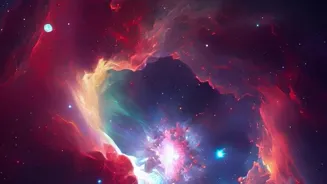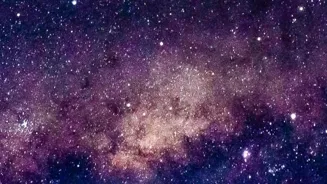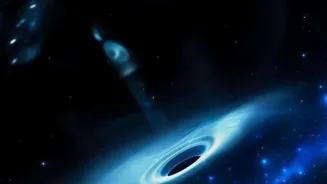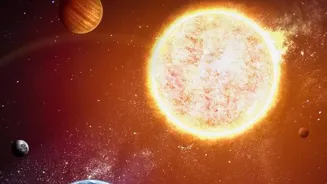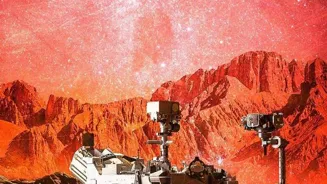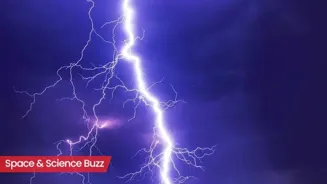Delve into the cosmos between stars: The Interstellar Medium. Uncover its role in star birth. Explore the cosmic secrets!
Bangalore, India - Look up at the night sky on a clear night, and you'll see countless
stars twinkling in the vast darkness. But what lies in the space between these stars? It's not just empty darkness, folks. It's filled with something called the Interstellar Medium, or ISM.
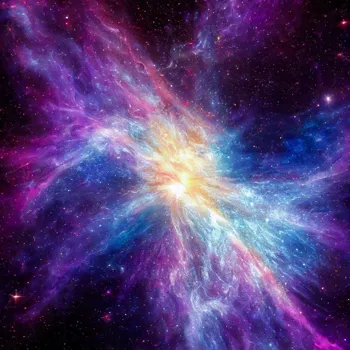
This ISM is the stuff that makes up everything between the stars: gas, dust, cosmic rays, and magnetic fields. Understanding the ISM is crucial to understanding how stars themselves are born. This cosmic material, though seemingly sparse, plays a vital role in the grand scheme of the universe.
The interstellar medium fuels star formation with hydrogen, helium, dust, and magnetic fields
The ISM is an essential ingredient for forming new stars. Imagine a recipe; the ISM provides the raw ingredients. Primarily, the ISM is made up of hydrogen and helium, the most abundant elements in the universe.
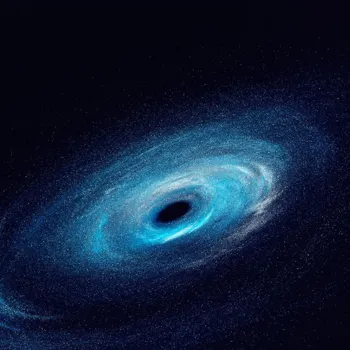
Besides these gases, there is also cosmic dust, tiny solid particles made of heavier elements like carbon, silicon, and iron. This dust gives the ISM a hazy appearance and can block light from distant stars.
These dust particles also act as surfaces where molecules can form, which play a pivotal role in the cooling and condensation of gas required for star birth. Magnetic fields woven throughout the ISM also affect its structure.
Cosmic gas in various phases shapes star formation
The ISM isn’t uniform throughout space. It exists in various phases, each with different temperatures and densities. Some regions are hot and diffuse, while others are cold and dense.
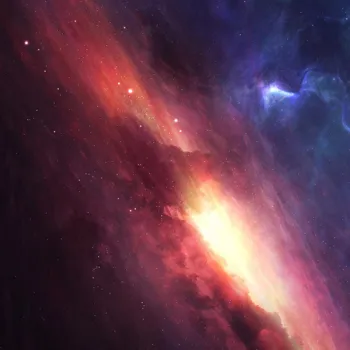
These phases are constantly interacting, influenced by factors such as the radiation from nearby stars and the shock waves from supernova explosions. When areas of the ISM become dense enough, gravity can start to pull the matter together. This is the beginning of star formation.
This process showcases the dynamic nature of the ISM and underscores its importance in the ongoing cosmic cycle of birth and death.
Star formation from molecular clouds shapes stars' evolution
Star formation is a multi-stage process that begins with the collapse of dense regions within the ISM, often called molecular clouds. These clouds are the nurseries for new stars. As gravity pulls the gas and dust inward, the cloud begins to fragment into smaller clumps.
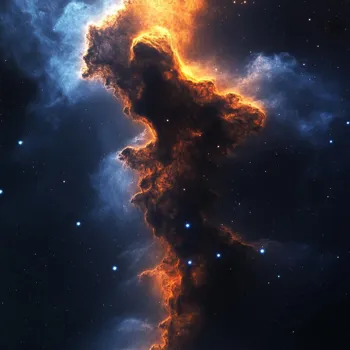
Each clump starts to condense and heat up, eventually forming a protostar which is a baby star still gathering mass. As the protostar grows, it starts to emit energy, which can either help to clear away the surrounding gas and dust, or contribute to the further compression of the material.
Eventually, the protostar becomes a stable star and shines with its own light. The conditions within the ISM directly affect the type and number of stars that form.
Interstellar medium interacts with stars, affects light, creates new stars
The ISM is not static; it is constantly interacting with stars. Stars return material back into the ISM through stellar winds and supernova explosions. When massive stars reach the end of their lives, they explode as supernovas, scattering heavy elements into the ISM.
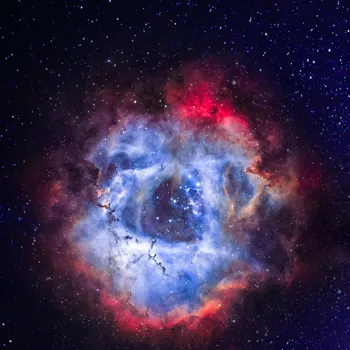
These elements then become part of the next generation of stars and planets. Stellar winds, streams of particles ejected from stars, also contribute to the ISM's composition. The ISM also affects the light from stars.
Light traveling through the ISM can be absorbed or scattered, which is why stars appear fainter and redder than they actually are. This effect, known as interstellar extinction, makes it harder to study distant stars and galaxies.
Studying ISM reveals secrets of stars, galaxies, and universe
Studying the ISM is essential for understanding the life cycle of stars and the evolution of galaxies. Scientists use telescopes to observe the ISM across the electromagnetic spectrum, from radio waves to X-rays. These observations reveal the ISM's composition, temperature, and density.
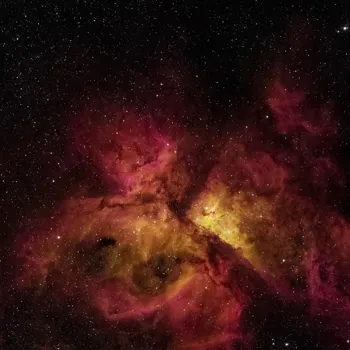
Studying the ISM helps us understand the composition of the universe, the origins of stars and planets, and the processes that shape galaxies. Ongoing research continues to unravel the mysteries of the ISM, revealing the secrets to star formation.
This research promises to further our understanding of the universe and our place within it.
AI Generated Content. Glance/InMobi shall have no liability for the content